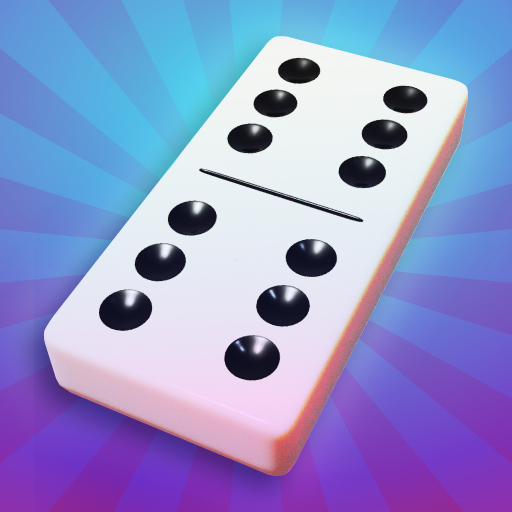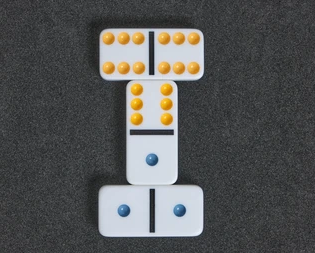When playing Domino, players use a set of 28 rectangular pieces that are separated into two squares with points ranging from zero to six.
The game of Domino is actually a family of games that can all be played using the same set of playing pieces. These games always have the same dynamic and goal, however, they have different rules in some cases.
The Rules of Dominos
The rules of this game might change depending on the presentation of the game but they are generally not that different. What is essential is the basics that affect how the game is played. These are discussed below.
Opening the game in a block

With the flat of the hand, the dominoes are moved face down in circles as part of a ceremony that has been practiced for generations. Six dominoes are dealt to each player, who places them out of sight of the other players.
The typical English pub approach for doing this is to arrange the six face down in two rows of three. This allows all six to be picked up, glanced at, and returned while freeing up the other hand for the equally vital task of sipping a pint. Beginners can arrange them in a row facing them on their edge.
The actual play
The next way is for each player to turn the table and place a tile such that it hits the end of the chain of dominoes, progressively lengthening it. Only tiles with a number visible at either end of the domino chain may be played by a player. A player is said to have “stitched up” the ends of the chain if their domino play causes both ends of the chain to display the same number, typically one that the player finds advantageous and the opponents find repulsive. A tile played to a double ought to be appropriately positioned, perpendicular to the double contacting at its middle.
Ending the game

Although certain variations demand that both partners chip out, play typically ends when one player “chips out,” i.e., plays his final Domino. The partners with the total minor spots on their remaining dominoes win if the game reaches a point where no participant can move further.
Game of drawing
At first, players take fewer dominoes, but if they cannot put one, they must choose a sleeping domino to complete their set.
Players cannot go past their turn when the sleeping dominoes run out. In this form, the starting positions for the two players are:
Seven dominoes.
The third player has five tiles.
The fourth player has four tiles.
The fifth player has three tiles.
The Draw Game’s participants know that all the tiles will be put into play, which allows them to guess better what tiles other players might be holding.
Dominos with a double nine cross
This variant works well with Double Nine sets. Four or more players begin with five tiles apiece, whereas two, three, or more players begin with seven tiles each. As in cross dominoes, the game starts with the initial doublet surrounded by a cross formed by the second to fifth tiles played. After that, the Draw game is played, but two new chains may begin every time a doublet is placed down. As a result, far more chains are available than in earlier games.
All Fives
Two to four players engage in the “All Fives” game using a double-six set of dominoes. Each player receives five dominoes once the dominoes are shuffled face down. A game begins with the player holding the highest doublet, and turns are taken clockwise. Each game ends with a score; keeping track continuously is critical. The game starts with the first player placing any tile, and then it’s continued like in the block game where each player places a tile so that the tile it links with has the same number.
All fives and threes
During play, if a player places a tile so that the ends total six, that player receives six points for the multiple of three. For a multiple of five, a total of 10 earns 10 points, and a total of 15 earns 15 points for a multiple of five and three. After the game, the winner is given the points from the losers’ remaining tiles or their discrepancies on a point-for-point basis.
Dominos, like all others, has rules for playing, but it is important to note that it has evolved, so although the basics are the same, there might be slight changes.

